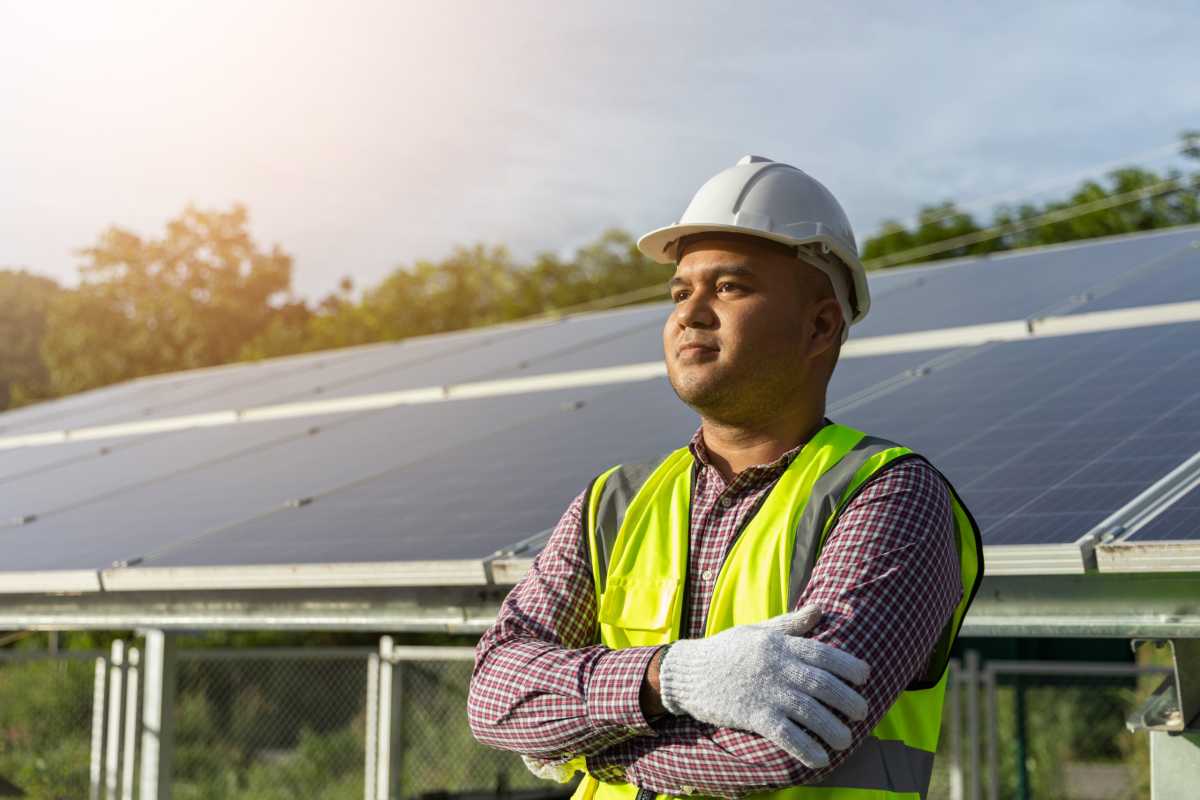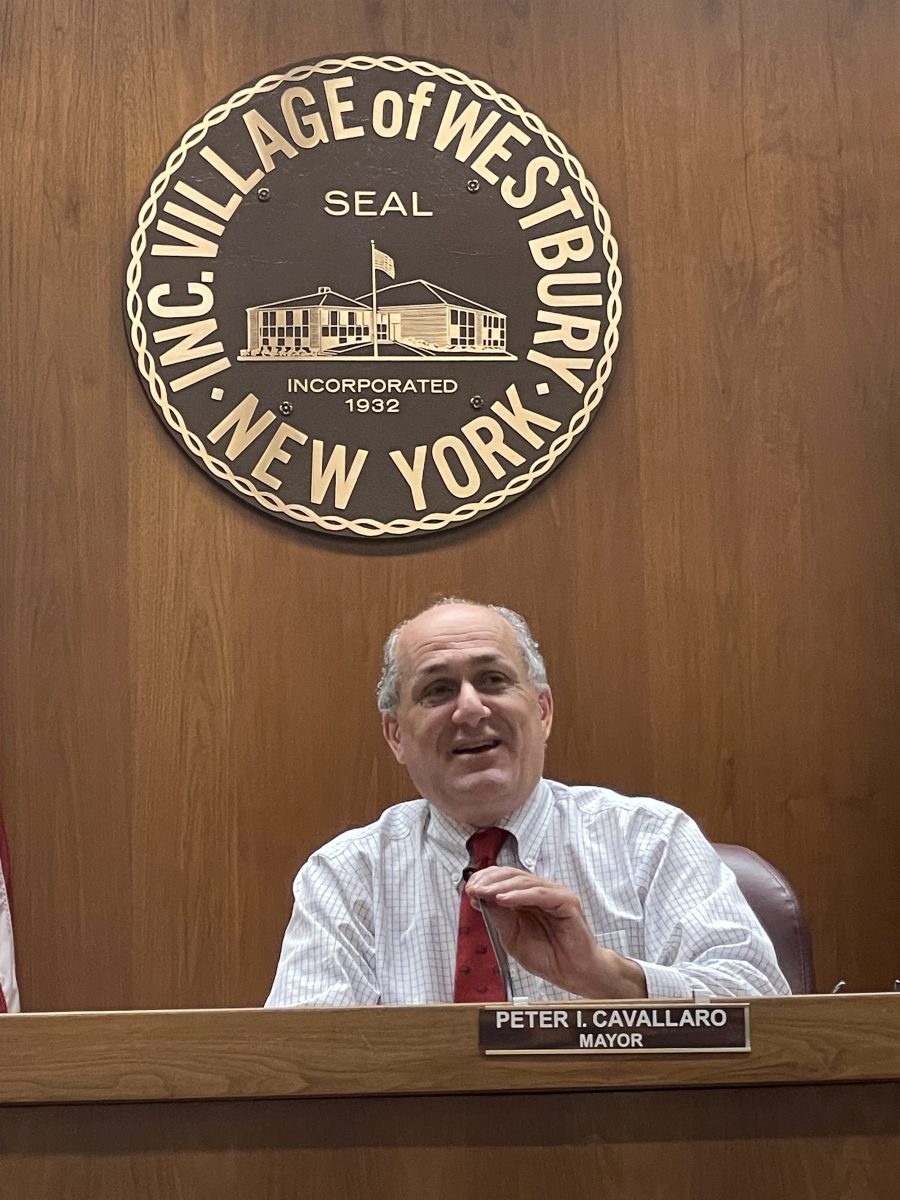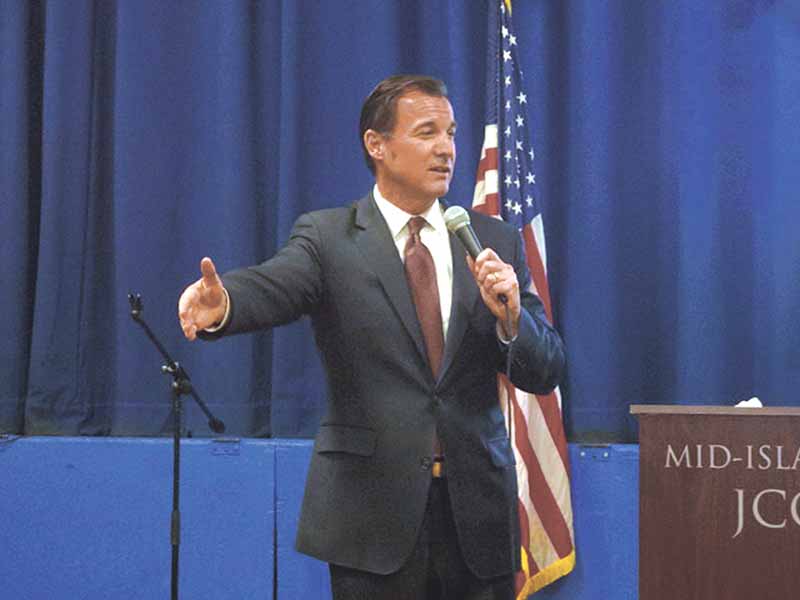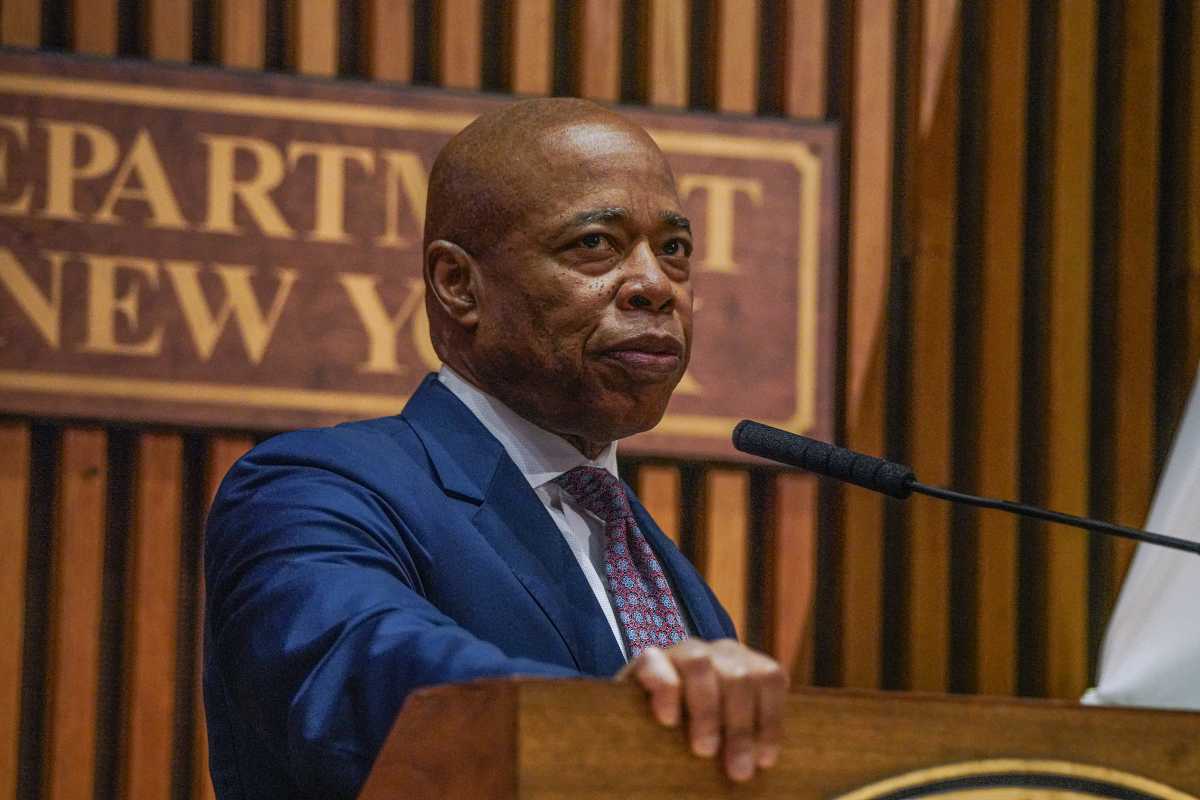The recent victory by Staten Island Amazon warehouse workers, who became the first of the company’s employees to vote in favor of unionizing, is both unprecedented and indicative of a more general phenomenon: the resurgence of organized labor. The Amazon Labor Union first coalesced in April 2021 around leader and activist Chris Smalls, a former worker at the nation’s second-largest private employer, who helped stage a walkout and organize protests against the company after his coworkers began falling ill with COVID.
This story is both exceptional and familiar. Similar concerns about pandemic health and safety protocols lit the spark that culminated in a vote five weeks ago by employees of outdoor sporting goods store REI in Soho, New York City, to unionize. In January, with case numbers rising throughout New York State, unionized Starbucks workers near Buffalo also organized a walkout, citing staffing shortages and difficulty enforcing safety measures.
The pandemic has forced a reckoning with Labor. As the New York State Department of Labor was inundated with claims for unemployment insurance — eventually reaching 3.4 million claimants at the end of May 2020 — and designations such as “essential” and “nonessential” were bandied about, workers began seriously reexamining the conditions of their employment.
“People are saying that they don’t want to go back to jobs where they were perhaps disrespected or mistreated and, on top of that, were paid a low-wage salary,” explains New York State Senator and Chair of the Senate Committee on Labor Jessica Ramos (D). The minimum wage needs to be adjusted for current inflation levels, Senator Ramos contends. “People want careers and want to be able to provide for their families . . . and that is, I think, part of the economic recovery that we’re talking about.”
A recovery that is anything but a return to normal. The health and safety concerns of workers are leading unions to renegotiate their healthcare benefits. This priority is shared by Henry Garrido, the executive director of District Council 37, the largest union of public employees in New York City, with 150,000 active members.
“With the experiences that we had, we’re looking to create more protections for the workers,” says Garrido. “Health and safety now has become as valuable, if not more, than just a wage increase. People want to be safe at work, so that’s going to be a major priority.”
In addition to wage increases and safety protections, Labor leaders in New York want to ensure that workers have access to careers that are resilient. The imminent — and necessary — shift to clean energy offers just such an opportunity.
“The climate crisis is here, and as New Yorkers saw with Sandy and Ida, this crisis is already hitting workers, particularly in under-resourced communities of color, first and worst,” says Jeff Vockrodt, executive director of Climate Jobs NY. “These are the same communities that got hit hardest by the COVID-19 pandemic and that have faced decades of underinvestment, wage stagnation, and extreme economic inequality. We have to tackle these crises together, and New York can get it done by building an equitable renewable energy economy powered by good-paying union jobs with training, family-sustaining benefits, and retirement security. That’s exactly why labor is leading on climate.”
On March 24, Climate Jobs NY held a press conference at New York City Hall to raise awareness for their Carbon Free and Healthy Schools campaign, which advocates updating New York City public schools with renewable sources of energy such as solar. The campaign envisions a future in which these public schools are made healthier and safer for students, and represent a model of green infrastructure.
Just as the pandemic transformed schools and workplaces, and spurred innovations in telecommunications and day-to-day business operations, the economic upheaval could be a potential catalyst in the shift to clean energy. Even local unions with deep ties to traditional energy sources are taking steps to prepare for a different future.
Pat Guidice, business manager of International Brotherhood of Electrical Workers Local 1049, said the union has begun working together with business partners to explore ways to retrain their membership in order to be the workforce of the future.
“We take very seriously our responsibility to provide clean, efficient, reliable and safe energy to our neighbors,” says Guidice. “As we move forward with the proliferation of renewable energy projects, it is vital that the labor movement be a part of this emerging industry to ensure that good jobs, with fair wages and benefits, are created.”
After the political and social animosity that has plagued the pandemic years, can a coalition between labor and climate present an alternative, more optimistic future? Unity and solidarity have long been the binding elements of the labor movement; surely this same sense of community and mutual respect will be invaluable in establishing environmental justice.
“We’re working toward a better version of the future here in New York, with a clean-energy economy built on union jobs and careers that are accessible to communities that need them most,” Vockrodt says. “That’s a future I think everyone can see themselves in.”










